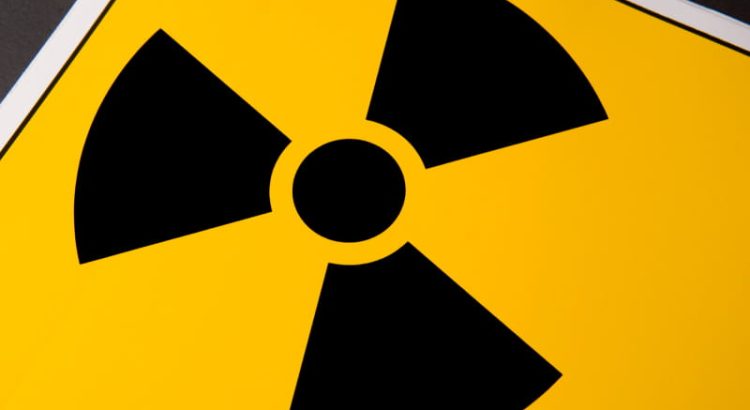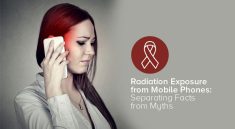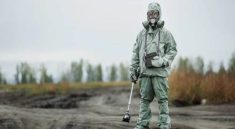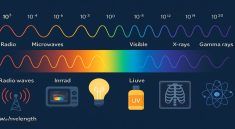ABGX – Radiation myths often sounds scary, but most of what people believe about it simply isn’t true. Thanks to movies, media, and misinformation, radiation has developed a reputation far worse than reality. In truth, we encounter small amounts of it every day—from the sun, phones, and even bananas. When it comes to health and safety, understanding the facts matters. Let’s clear things up by busting ten common myths about radiation.
Myth 1: All Radiation Is Dangerous
Not all radiation is harmful. In fact, radiation exists on a spectrum. For example, visible light is a form of radiation—but it doesn’t harm you. Likewise, medical imaging like X-rays uses controlled doses that carry minimal risk. Therefore, context matters more than the word “radiation” itself.
“Read More: BLACKPINK New Album will be Released soon and Lisa’s Promise to Fans”
Myth 2: Cell Phones Cause Cancer
Many people believe cell phones emit harmful radiation. However, research has yet to prove any direct link to cancer. Cell phones use non-ionizing radiation, which lacks the energy to damage DNA. Additionally, international health agencies continue to monitor safety guidelines closely.
Myth 3: Microwaves Make Food Radioactive
Microwaves heat food using low-frequency radiation, but they don’t make food radioactive. In reality, they simply cause water molecules in food to vibrate, which generates heat. As a result, your meal stays safe, and no radiation remains in the food after cooking.
“Read About: Protecting Patients and Staff from Radiation Harm”
Myth 4: Radiation Only Comes from Man-Made Sources
Actually, radiation is everywhere—even in nature. Rocks, soil, and cosmic rays all emit background radiation. For instance, flying in an airplane or living at high altitudes slightly increases exposure. Therefore, it’s wrong to assume radiation is only a modern, human-made problem.
Myth 5: Radiation Exposure Means Immediate Illness
This is another major misconception. In most cases, low-level exposure doesn’t cause any symptoms. Harmful effects typically result from high or prolonged exposure. Furthermore, safety protocols in medical, nuclear, and industrial fields aim to prevent that kind of risk.
Myth 6: Nuclear Power Is Always Unsafe
Nuclear power has risks, but it also has strong safety systems. Compared to fossil fuels, nuclear energy produces less pollution and fewer long-term health impacts. Additionally, modern plants use multiple layers of protection and real-time monitoring to prevent accidents.
Myth 7: You Can Feel Radiation
Radiation can’t be seen, felt, or smelled. That’s why special detectors are used to measure exposure. Believing you can “sense” radiation often leads to unnecessary fear. Instead, rely on scientific tools and expert data to assess real danger.
Myth 8: Radiation Stays Forever
While some radioactive materials decay slowly, others disappear in hours or days. Half-life refers to how long it takes a material to lose half its radioactivity. For example, iodine-131 used in medical treatments has a short half-life and clears from the body quickly.
Myth 9: Bananas Are Dangerous Because of Radiation
Bananas contain potassium-40, a naturally radioactive isotope. However, the dose is extremely small and completely safe. In fact, you’d have to eat thousands at once to reach even the lowest level of health concern. So don’t worry—your morning smoothie is perfectly fine.
Myth 10: Radiation Mutates Everything
While high doses of radiation can damage cells, mutation is rare and depends on exposure levels. Moreover, the human body can repair minor damage on its own. Safety limits in medicine and industry exist to prevent the kind of exposure that might pose genetic risks.



